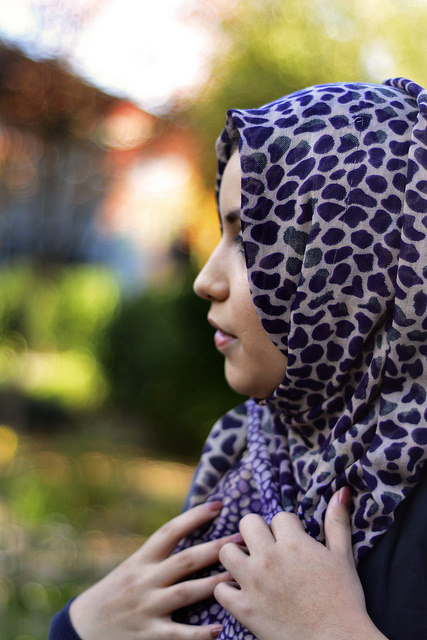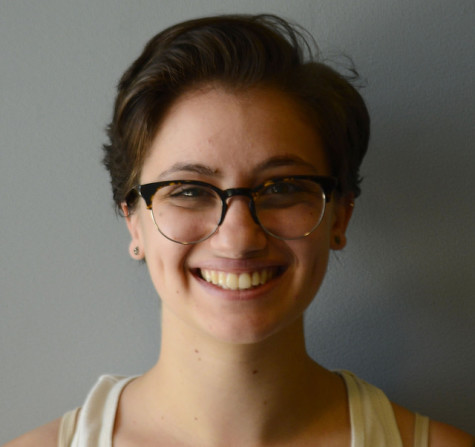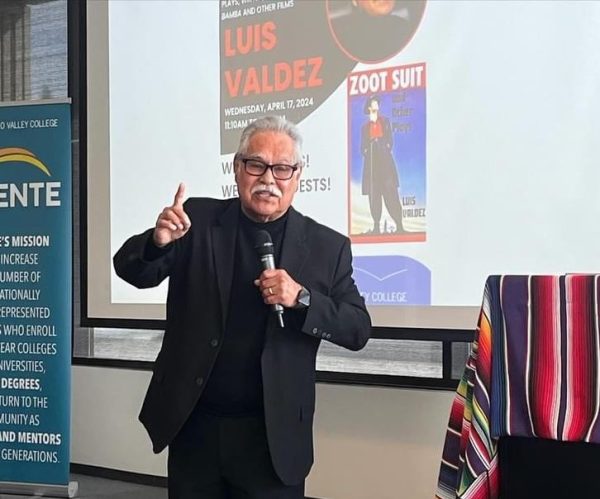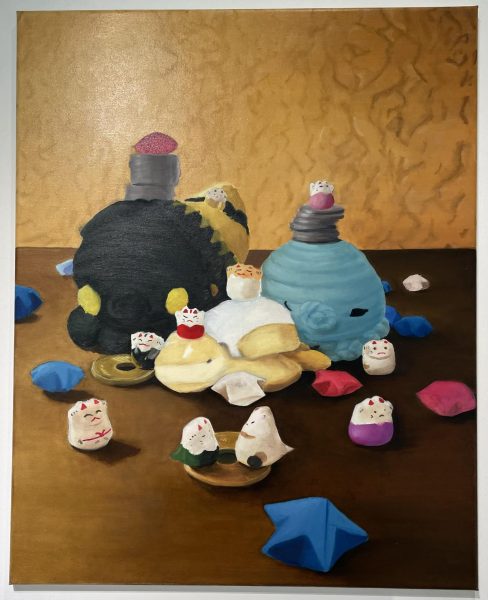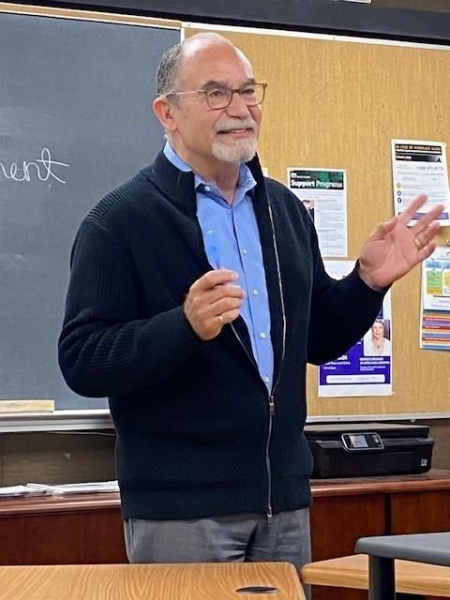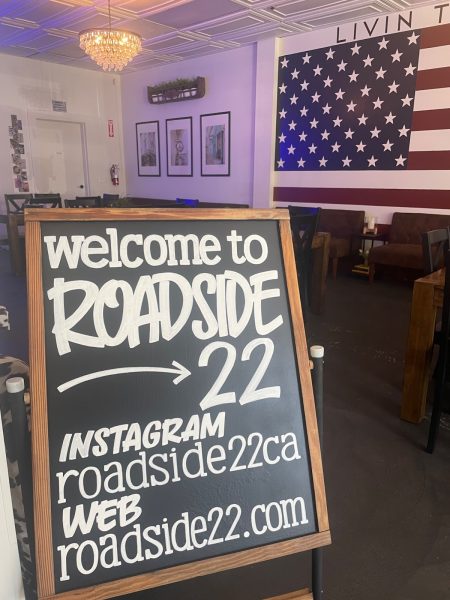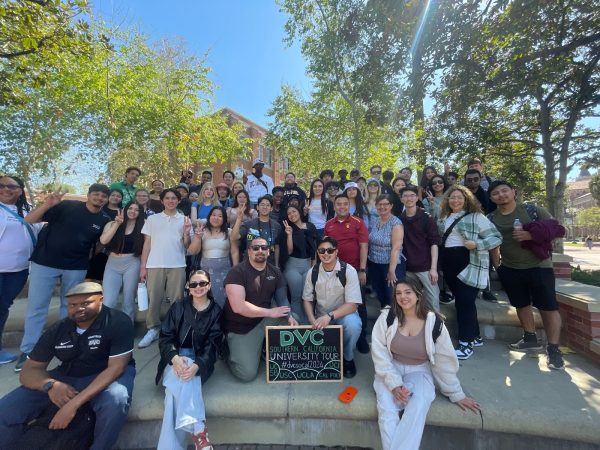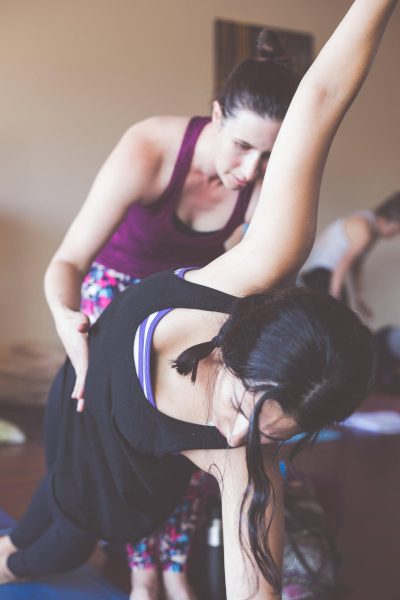DVC students wear beliefs with pride
DVC student Asma Saleh, 20, is proud to wear her hijab.
December 9, 2014
Covering one’s self, a religious duty of the Islamic faith, is one that Muslim women choose to proudly uphold across the Diablo Valley College campus.
DVC student Eman Elbeial, 20, recalls growing up in Egypt as a young girl and looking forward to the day she got her period. Entering puberty meant Elbeial was entering womanhood and becoming a woman meant she would start wearing a hijab just like all the other covered women she grew up admiring and desiring to be like.
“I like to wear it,” Elbeial says.
She explains how her hijab protects her, how it makes her unattractive to men. This is important to Elbeial. Modesty is an important Islamic discipline instructed in the Quran.
For some, this commandment is kept by avoiding revealing clothing. For others, modest attire is interpreted as covering the entire body, head to toe by wearing a burqa or niqab. For others, maintaining modesty is achieved by covering the head with a hijab or shayla headscarf.
DVC student Shazia Omari, 26, explains how for her, not covering her hair would be a sin.
“It’s not easy to wear it,” she says. “I feel different, but it is a part of my Islamic faith.”
Asma Saleh, 20, is proud to wear her hijab, an outward symbolic representation of her inner beliefs and convictions.
“It’s a personal choice,” she says. “It’s not forced upon, but it is an obligation.”
Saleh has been wearing her hijab since she was 12 years old.
“It means ‘me’,” she says confidently. “It’s who I am.”
Though Saleh doesn’t notice any obvious judgment from society for expressing her faith, DVC student Haneen Radhi, 26, does.
Radhi came to the U.S. from Iraq when she was 22.
“I get harassment everywhere, especially at DVC,” she says.
Radhi doesn’t understand the criticism she receives from both students and teachers. She doesn’t appreciate the assumptions people make.
“This is my choice and I believe in it,” she says, recalling how fellow classmates have labeled her as “the scarf lady” and how one DVC teacher pointed her out in class, announcing that she especially needed to read the book on women’s liberation that was on the recommended reading list.
“Why am I any different? Am I not the same? Am I not human?” she asks, questioning the torment.
Radhi wears her hijab to protect her attractiveness.
“I am smart. I am beautiful. I am lucky,” she says.
Radhi desires to be admired for who she is, not for what she looks like.
“Beauty is not just on the outside,” she says. “Beauty is on the inside. This is what the hijab represents.”





































































